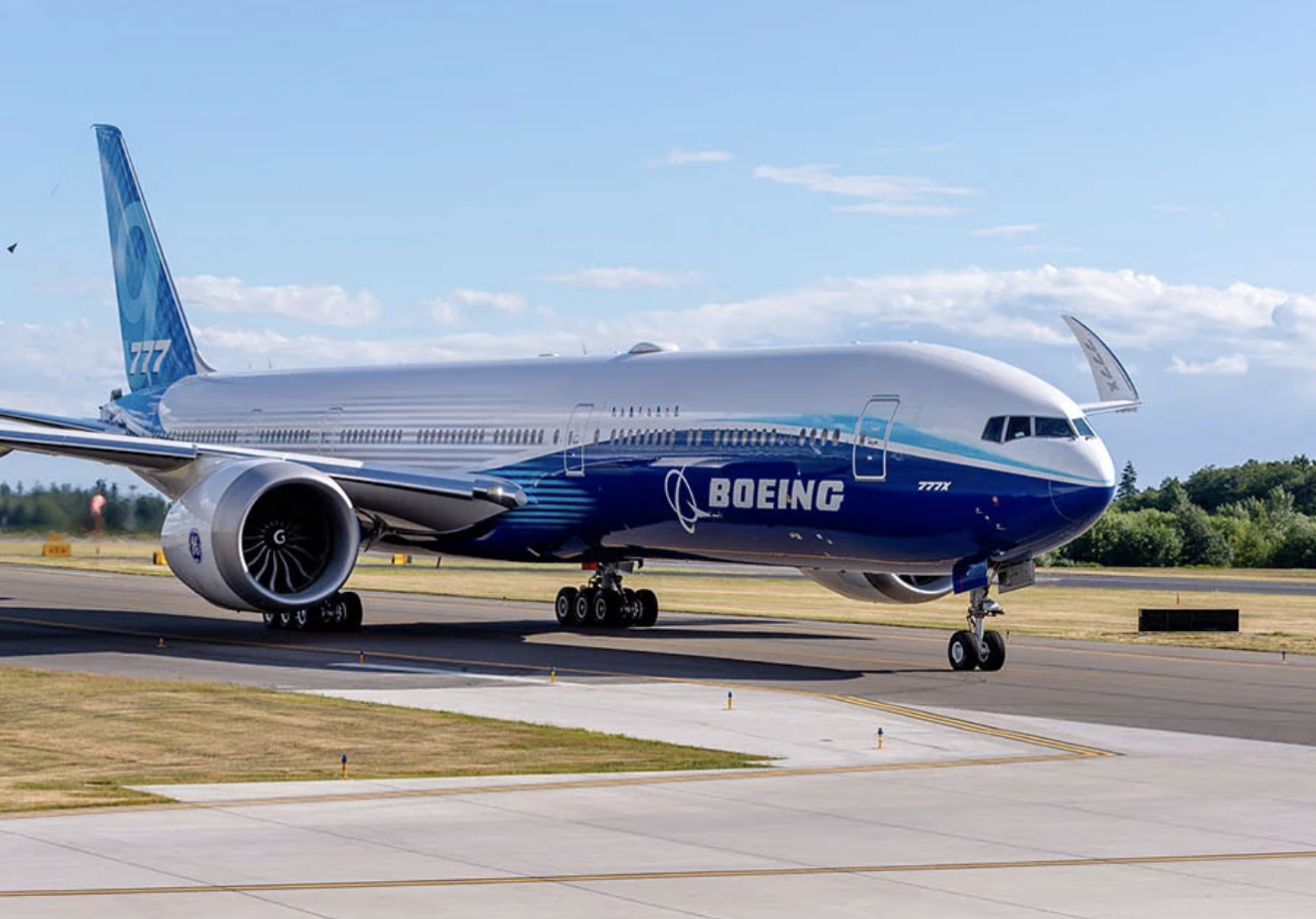BOEING

The 777X is Boeing's big bet to return to the top: folding wings, a redesigned cabin, and the world's largest engine
Normally, we don't think about the plane when buying a ticket. The focus is on the destination, the price, and the time. But in the coming years, one detail may make you pay more attention to the model that appears next to the flight number.
That's because the trip could be aboard the new Boeing 777X (in one of its versions, 777-8 or 777-9), an aircraft designed to define the future of long-haul routes: more efficient for airlines and more comfortable for travelers.
Boeing is developing it with a very clear objective: to strengthen its position in a strategic segment that it dominated unrivaled for years. The new model doesn't break with the past, but represents a carefully calculated evolution of one of its greatest successes.
With this new generation of the 777, the company seeks to respond to a growing demand for efficiency, range, and capacity, without sacrificing what already works. The 777X's design isn't just new: it reflects a very clear idea of efficiency and scale.
Its silhouette is reminiscent of other wide-body jets. But you only need to get closer to notice the differences. The wings, longer than usual, curve elegantly to end in folding tips that attract attention even before takeoff. The gigantic engines dominate the side view of the aircraft.
The 777X's wings are not only the longest Boeing has ever installed on a commercial aircraft—they are also the most innovative. Made of composite material, like those of the 787 Dreamliner, they extend to a wingspan exceeding 71 meters.
To avoid problems at airports, the wingtips fold when the plane is on the ground. It's a subtle movement, but it reveals one of the most complex design decisions: how to increase efficiency without limiting access to the boarding gates.
It's impossible to look at the 777X without noticing its engines. The GE9Xs are not only the largest ever installed on a commercial aircraft—they are also among the most efficient. With a 3.4-meter-diameter fan and carbon fiber blades, each engine boasts over a decade of technological development. The result is an engine that consumes 10% less fuel than the GE90-115B, reduces noise, and easily exceeds the emissions limits set for its category.
Vivaero
Comments
Post a Comment